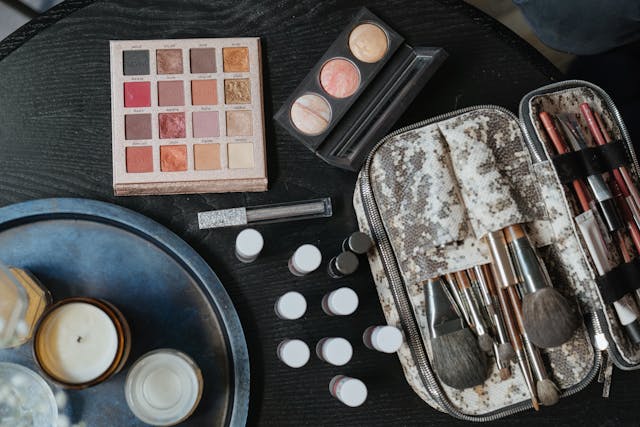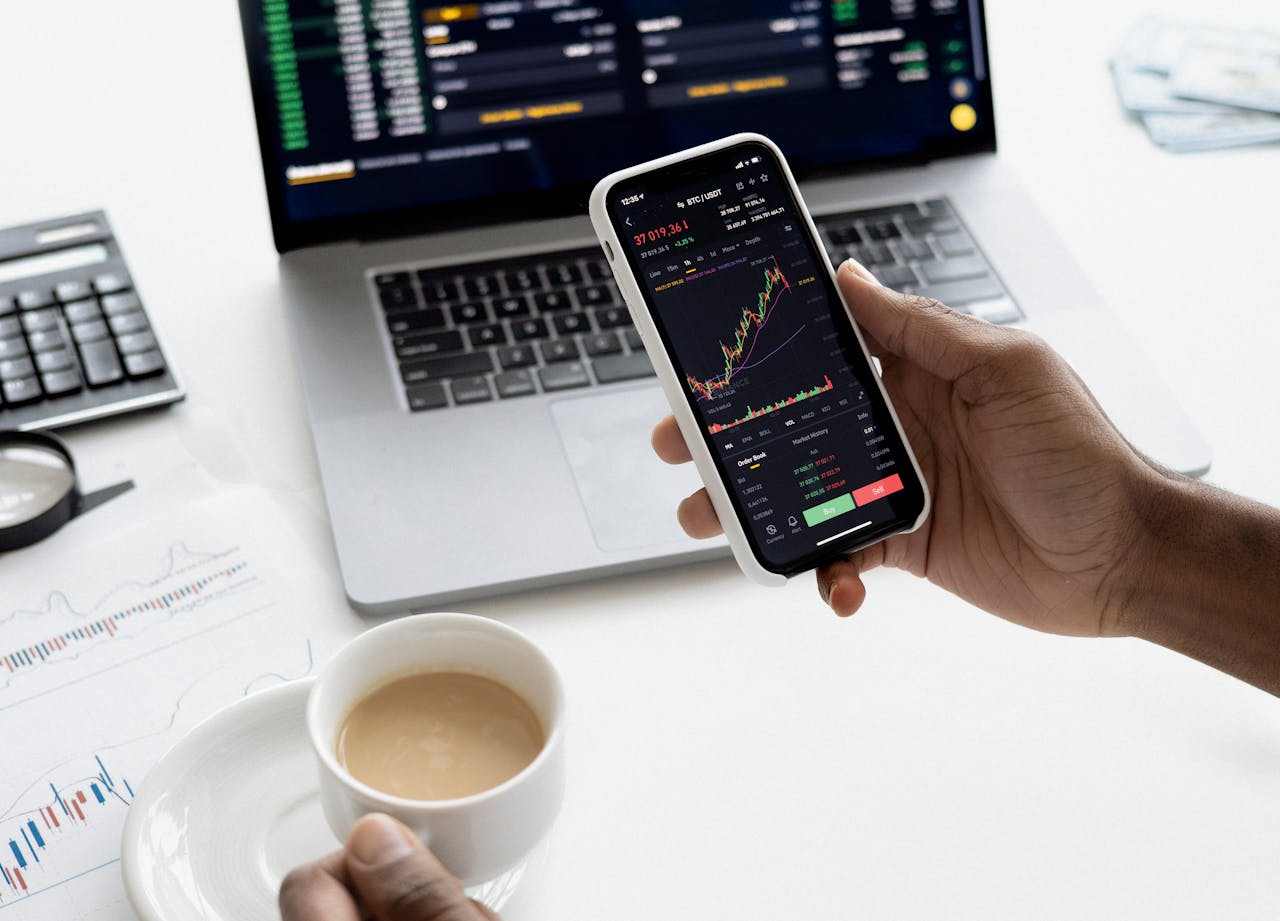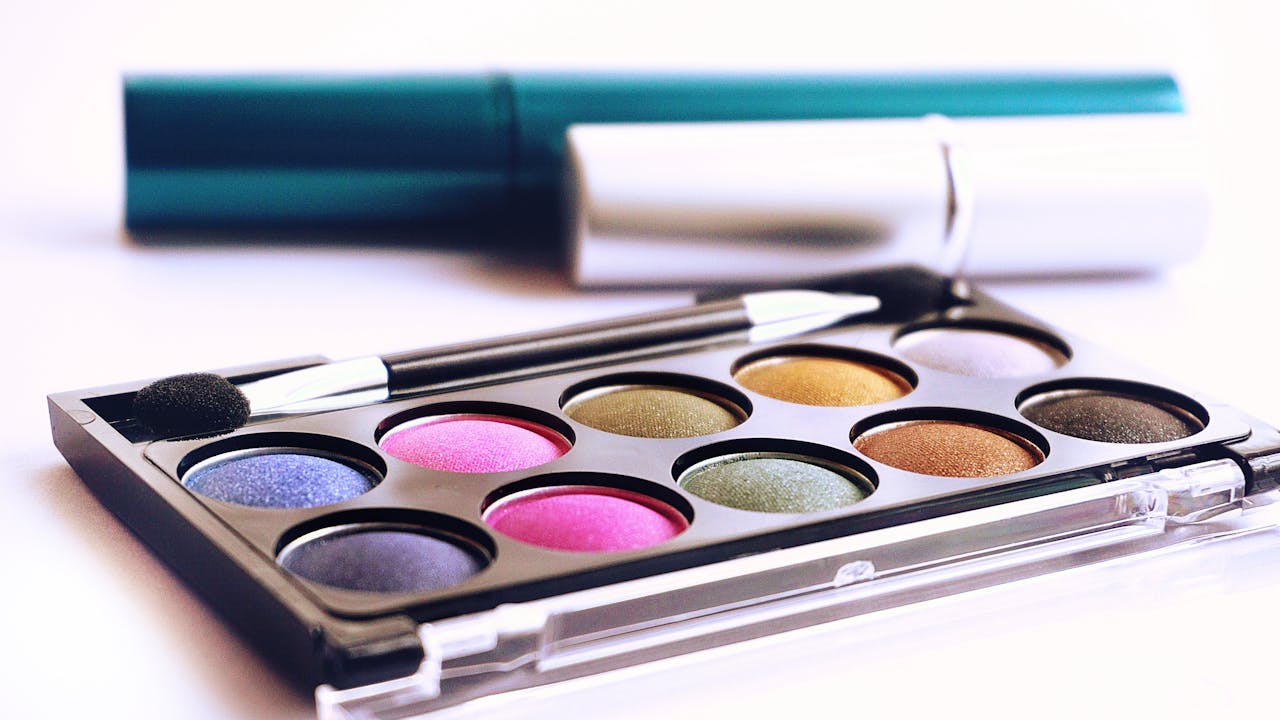

Market segmentation in the Indonesian skincare industry encompasses various factors, including age, gender, income level, location, and purchasing behavior. Analyzing these segments allows brands to customize their products and marketing approaches to cater to the diverse preferences of different consumer groups.
The Indonesian skincare consumer profile is diverse, but certain demographics emerge as key drivers of market demand. The biggest consumers in the Indonesian skincare market are typically younger individuals, particularly those in the 18- to 39-year-old age range. This demographic is particularly drawn to skincare, influenced by pervasive beauty trends on social media platforms and a growing emphasis on self-care practices among the younger generation.
Income level is another critical factor shaping consumer behavior in the Indonesian skincare market. About 39% of skincare users belong to households with high annual incomes, affording them the purchasing power for high-end, imported skincare products. However, a substantial portion of consumers have more modest budgets, signaling a demand for affordable yet effective skincare solutions.
Location also plays a significant role, with skincare consumption patterns heavily concentrated in urban areas. These consumers enjoy easier access to skincare products and information, reflecting a broader shift towards modern beauty practices and wellness routines in urban environments.
Indonesian consumers are highly engaged with skincare trends and willing to invest in products that meet their needs and preferences. Indonesian skincare consumers exhibit discerning and selective purchasing behavior, prioritizing safety, quality, and performance. They prefer products that are halal, alcohol-free, dermatologically tested, organic, and non-comedogenic, indicating a strong emphasis on product efficacy and safety standards.
Facial care products are important in Indonesian skincare, commanding approximately 57% of the market share. This dominance underscores the enduring importance of facial skincare routines among Indonesian consumers. In addition to facial care, the sun protection category emerges as the fastest-growing segment in the Indonesian skincare market, boasting a remarkable 7.8% compound annual growth rate (CAGR) from 2015 to 2028. This surge in demand reflects heightened awareness among consumers regarding the importance of shielding the skin from harmful UV rays.
Imported skincare brands from South Korea and Japan are steadily gaining ground in the Indonesian market. They leverage their reputation for high-quality products tailored to address specific skin concerns. This trend reflects the increasing sophistication and discernment of Indonesian consumers who seek effective skincare solutions.
Despite the growing popularity of imported brands, local skincare players like Wardah maintain a stronghold in the market. The majority of consumers prefer local brands, which underscores the importance of affordability and accessibility. Local brands often excel in mass distribution strategies, catering to Indonesian skincare enthusiasts' diverse needs and preferences.
Understanding the market segmentation is essential for skincare brands looking to thrive in the Indonesian landscape. Brands can identify opportunities for growth and develop strategies to effectively target and engage with their audience by analyzing demographic factors, consumer behaviors, and market trends. With the right approach to market segmentation, skincare brands can unlock the full potential of the Indonesian skincare industry and establish themselves as leaders in the market.
Source: https://ycpsolidiance.com/white-paper/indonesia-skincare-industry-success

Revolutionizing Finance: An Overview of Digital Lending in Southeast Asia
Digital lending is poised to become the primary revenue driver for digital financial services in Southeast Asia (SEA) by 2025, outpacing digital payments. This growth is fueled by a 33% annual increase in digital lending, supported by technological innovations such as automated loan origination processes and seamless integration of financial services into digital experiences. These advancements have made it easier for consumers to access financing for various needs, including online shopping, travel bookings, and ride-hailing services.

IoT Integration in the SEA Automotive Lubricants Market
The Southeast Asia (SEA) automotive lubricants market is rapidly evolving with the integration of Internet of Things (IoT) technology. This transformation offers significant benefits, creates new opportunities in smart technology, and introduces innovative IoT solutions that can revolutionize the industry.

Embracing Robotization: Challenges and Opportunities in Industry 4.0
Robotization presents challenges and opportunities for businesses and the workforce, requiring companies to embrace this transformation.

Opportunities in the Indonesian Skincare Market
The rapid growth of the Indonesian skincare market presents significant opportunities for the beauty industry. Projections indicate a steady growth trajectory of 4.6% over the next five years, reflecting sustained consumer demand and market expansion. In this article, we will explore the various opportunities that the Indonesian skincare market presents for brands seeking to establish a strong foothold and thrive in this dynamic landscape.